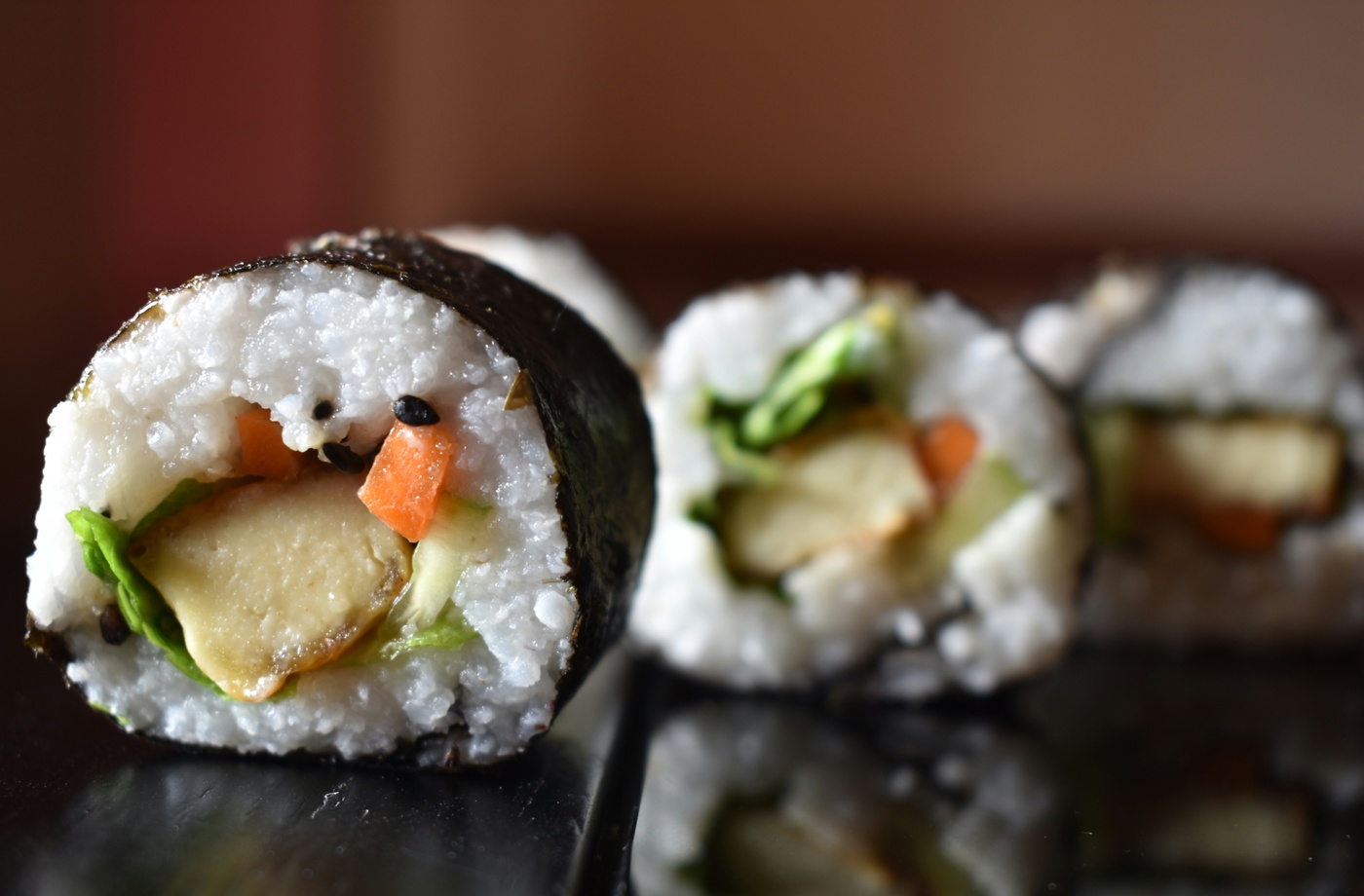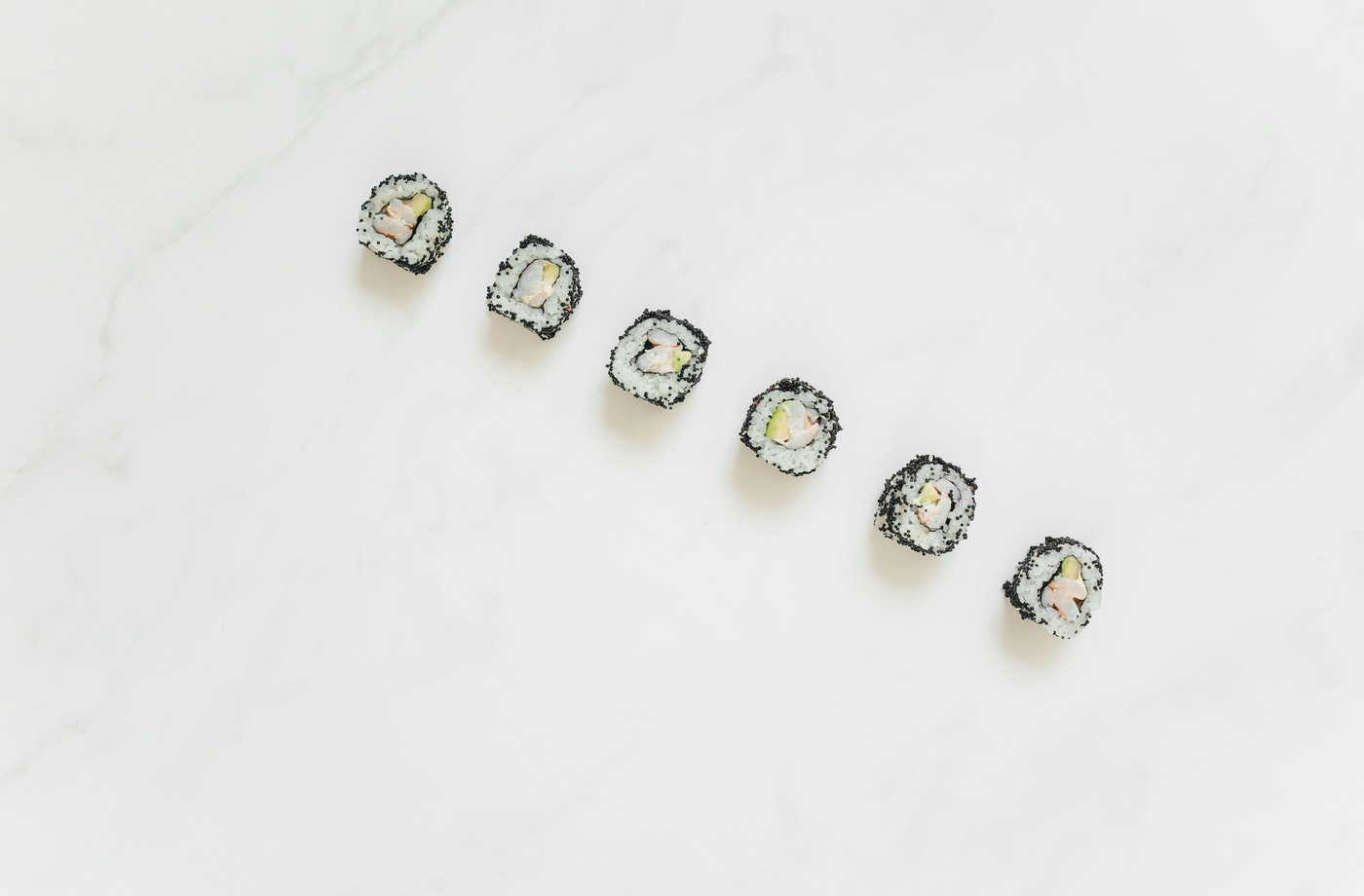In the most elevated dining rooms across the world, chefs are not just cooking—they’re composing. The modern culinary world has witnessed a profound shift: food is no longer just nourishment or indulgence, but an expressive medium akin to sculpture or painting. The artistry of plating has become a language of its own, where chefs evoke emotion, tell stories, and challenge perception using ingredients, color, and space. When the chef becomes the artist, the plate becomes the canvas.
The Evolution of Plating as Art
While artistic presentation has always played a role in haute cuisine, today’s plating reflects a deeper integration of conceptual thought, cultural symbolism, and visual storytelling. Influenced by minimalism, abstract expressionism, and even land art, modern chefs use form, texture, negative space, and geometry to create plates that are as visually arresting as they are flavorful.
According to Fine Dining Lovers, this evolution is part of a larger shift in how diners engage with meals—as experiences to be remembered, photographed, and interpreted, not just consumed.
Dominique Crenn: Culinary Poetry on the Plate
Chef Dominique Crenn, of Atelier Crenn in San Francisco, is a master of edible storytelling. Her dishes often reflect personal narratives, French poeticism, and the natural world. Each plate is meticulously constructed to evoke memory and emotion—seafoam greens, precise swirls, and edible petals are common features. Crenn’s plating style is fluid and evocative, often resembling modernist paintings or botanical illustrations.
Virgilio Martínez: Mapping Peru Through Ingredient Geography
At Central in Lima, Chef Virgilio Martínez creates visually stunning dishes that chart Peru’s biodiversity by altitude. His plating is architectural, often mimicking topography, soil stratification, or aquatic movement. Ingredients from the Amazon basin, Andes, and coastal zones are laid out with scientific precision and artistic flair. The visual composition reinforces the narrative of place and terrain—a concept central to Martínez’s work.
Plating Techniques That Resemble Art Forms
- Minimalism: A single protein or vegetable, precisely arranged with a smear or reduction, highlighting space and intention.
- Layering and Height: Building vertical structures that suggest movement and dimensionality.
- Color Theory: Using natural colors (e.g., beet purée, golden saffron, chlorophyll oils) to create contrast or thematic harmony.
- Natural Elements: Incorporating stones, leaves, or wood as plating tools to evoke a sense of environment or origin.
The Role of the Photographer-Diner
With social media and fine dining journalism capturing these visual masterpieces, diners have also become documentarians. A thoughtfully composed dish invites pause before the first bite—a moment to absorb its shape, meaning, and message. This connection between chef, plate, and guest underscores the collaborative nature of modern gastronomy.
Why This Matters
When food becomes art, it asks more from the diner. It challenges expectation, encourages reflection, and transforms eating into an aesthetic dialogue. These plates are not just beautiful—they are vessels of philosophy, craft, and identity. And like any great art, they are fleeting, existing only until the first fork breaks the surface.



